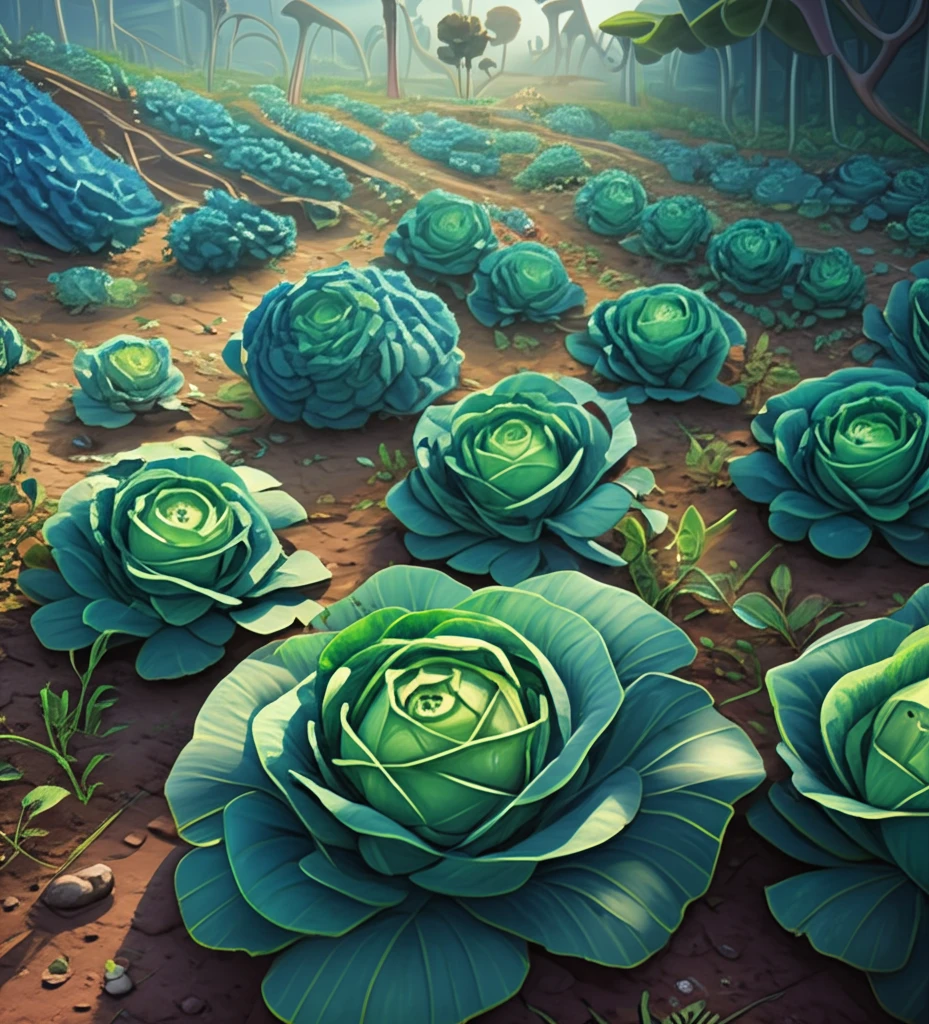
Cabbage Comeback: How to Grow the Perfect Organic Crop
"Unlock the secrets to cultivating thriving organic white cabbage with expert techniques for cultivar selection and natural pest control."
White cabbage stands as a nutritional cornerstone in countless diets. As consumer awareness of sustainable farming grows, the demand for organically grown produce has surged, making organic cabbage cultivation increasingly vital. The commitment to organic practices ensures not only healthier produce but also the preservation of our agricultural ecosystems.
Organic white cabbage farming emphasizes natural environmental conditions and sustainable cultural practices. Success hinges on several critical factors, including selecting the right land and implementing effective crop rotation, choosing suitable cultivars, and applying appropriate natural fertilizers. Managing weeds, pests, and diseases through ecological methods is also key.
In light of the growing demand for organic produce and the environmental benefits of reducing synthetic pesticides, innovative strategies are essential for maintaining a balanced ecosystem in cabbage cultivation. This approach supports a healthy environment and ensures a consistent, high-quality yield. Effective cultivar selection, coupled with optimized pest control techniques, promises a bountiful harvest of organic white cabbage.
Selecting the Perfect Cabbage Cultivar

Choosing the right cabbage cultivar is a foundational step in organic farming. Several key criteria should guide your selection process to ensure a successful and abundant harvest. First, consider the climate and soil conditions of your region. Different cabbage varieties thrive under varying environmental factors.
- Climate and Soil Conditions
- Crop System and Product Destination
- Time of Sowing and Planting
- Resistance to Diseases and Pests
- Adaptation to Environmental Conditions
- Photoperiod Length
- Overall Cost of Fertilizers
- Consumer Preferences
Conclusion
Growing organic white cabbage requires thoughtful cultivar selection, strategic pest management, and dedication to ecological balance. By adopting these techniques, farmers can achieve high yields, reduce environmental impact, and meet the growing consumer demand for organic produce. With informed decisions and diligent practices, the future of organic white cabbage cultivation is bright.
